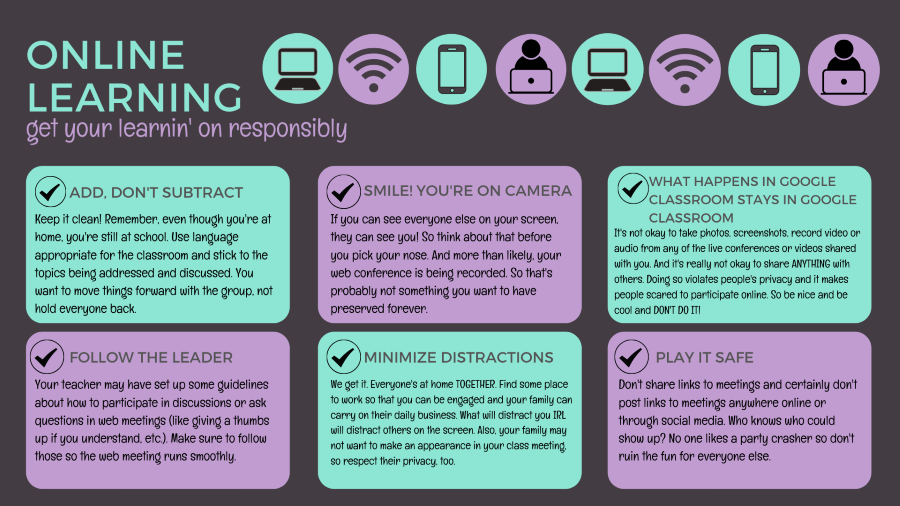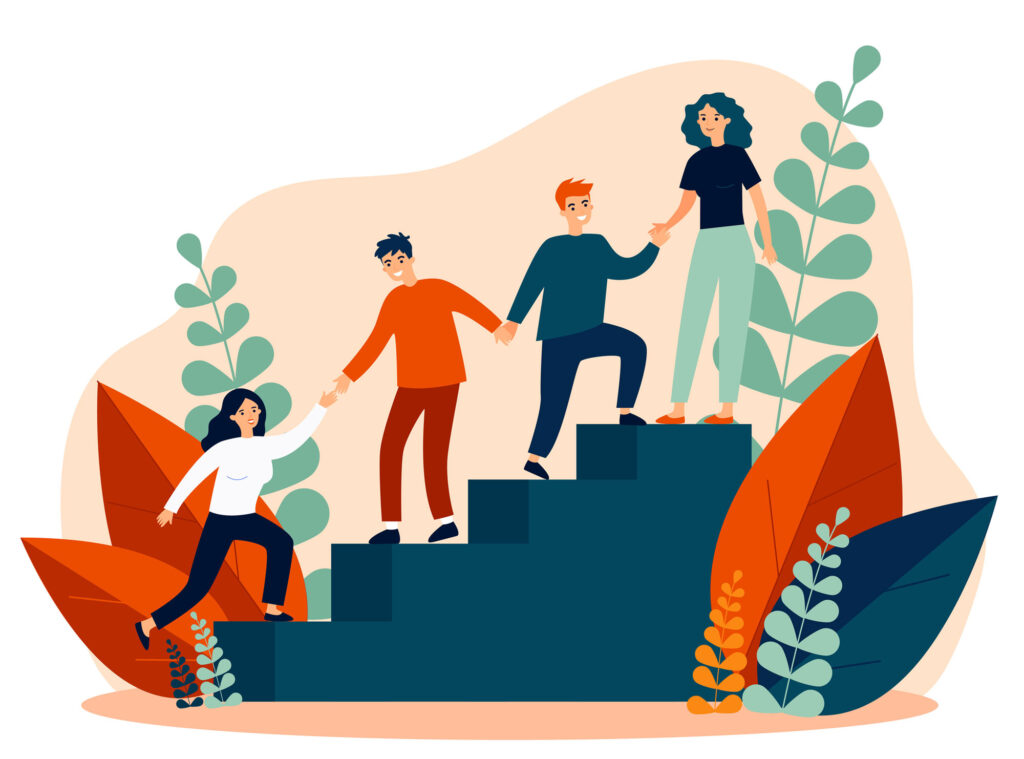This week’s readings are about the power of technology to support virtual community learning. Technology is a massive support to build online communities. It has helped to create safer environments for students where they can contribute to their best. It is crucially important to use technology in a way that students may feel comfortable and safe in a learning environment. While designing a community, the designer/instructor can take various steps to make students feel related to their learning environments. “Instructors, no matter the situation, can create climates that are learner-centered and invitational in nature. Such environments are filled with a sense of meaning, individualization, belongingness, and encouragement” (Bonk & Khoo, 2014)

1. It should be ensured that the personal information of students is not leaked in any way. Personal meetings with students of that community should be avoided to treat everyone equally. The instructors can also ensure that no student is bullied or is a victim of misbehavior from their peers. The ethics of a classroom should be kept in view. Nothing should be posted or generated that may hurt any student’s feelings or emotions. Passwords to reach a community should be protected and this kind of confidential information should not be shared with anyone, even with the closest friends or family members. While working in a community, interactive practices should be introduced. Everyone should be honest and ethical about the work that is submitted for the class. The time students spend on the internet during class should be balanced with other activities, especially for homework and weekly assignments. The learning environments should be built in such a way that students may become able to analyze their performance by making comparisons to their peers and instructor’s guidelines. Students should always be treated politely and there should not be any favoritism in classrooms. Instructors can encourage little efforts of students and give them space to express themselves. The instructors can develop all these strategies to make students feel related to each other, to the instructor and to the learning environment.

2. Feedback is the best form of promoting relatedness in online learning communities. Instructors can give feedback in the form of praises, encouragement, and by giving quick responses to students. They can use rubrics to evaluate the performance of students. Annotations and comments on various discussion forums like Google docs are effective ways of giving feedback. “Whatever system you choose, be clear about the processes and procedures for annotation. Set the due dates and forms of paper exchange (e.g., course system dropbox, e-mail, physical meetings, and the like)” (Bonk & Khoo). Audio, video, and different image files can be created to give feedback so that students may have clarity in response. Blogs, journals, direct emails, and short responses with additional tools like smileys can encourage students to do more. Direct and instant feedback is always effective. It can be provided during in-class activities and at various steps. Peer feedback is another effective tool to develop a discussion in the classroom and to solve several problems. It increases the confidence level of students and students also learn to see a picture or resolve a problem from different angles.

3. All of us have learned that students who gain autonomy in a learning environment are more likely to begin and continue with behavior without any external reinforcement and juncture. “Giving students a choice on their assignments and activities builds commitment and passion for learning” (Bonk & Khoo 2014). Autonomously motivated students prove to be more effective in regulating their behavior. The advancement of technology in education gives opportunities for learners to experience a new form of learning such as learning autonomy. For example, with the use of computers and the Internet, learners can access rich information and authentic learning resources for self-directed learning. Different technology-based tools like Minecraft, kahoot, Mind maps like LucidChart, PowerPoint, Canva, Flipgrid, Discord, iMovie, social networking tools like facebook, Twitter, Instagram, Tiktok, and Chatterpix have proven extremely effective to make students autonomous in learning. Students get motivated and enjoy the learning process thoroughly.
References
Bonk, C. and Khoo, E. (2014) Adding some TEC-VARIETY: 100+ activities for motivating and retaining learners online (pp. 45-90, pp. 137-155). Open World Books.
Ellen Deal
April 13, 2022 — 10:19 pm
Hello Nida! I loved getting to read your blog this week! Getting to read your insights and thoughts is always so beneficial for my learning because you are so full of knowledge and insights I hadn’t considered. I did find your bit on how to treat students interesting because I do agree that there should be no signs of favoritism and being treated politely. I definitely agree with you that a teacher should never show favoritism towards their students (while every teacher is guilty of having at least two or three favorites; I am certainly guilty of that, but I don’t show it in my actions). As for the treated politely, do you think it is hard for some teachers to do this with some of their students due to the way teachers are treated by some students? For example, I love to joke around and laugh with my students, but I don’t go out and make fun of a child. Students, though, sometimes don’t have a filter in their words, and I have heard some teachers speak about how hard it is to respect or treat some students kindly due to the child’s behavior. How can teachers overcome situations like this, do you think?